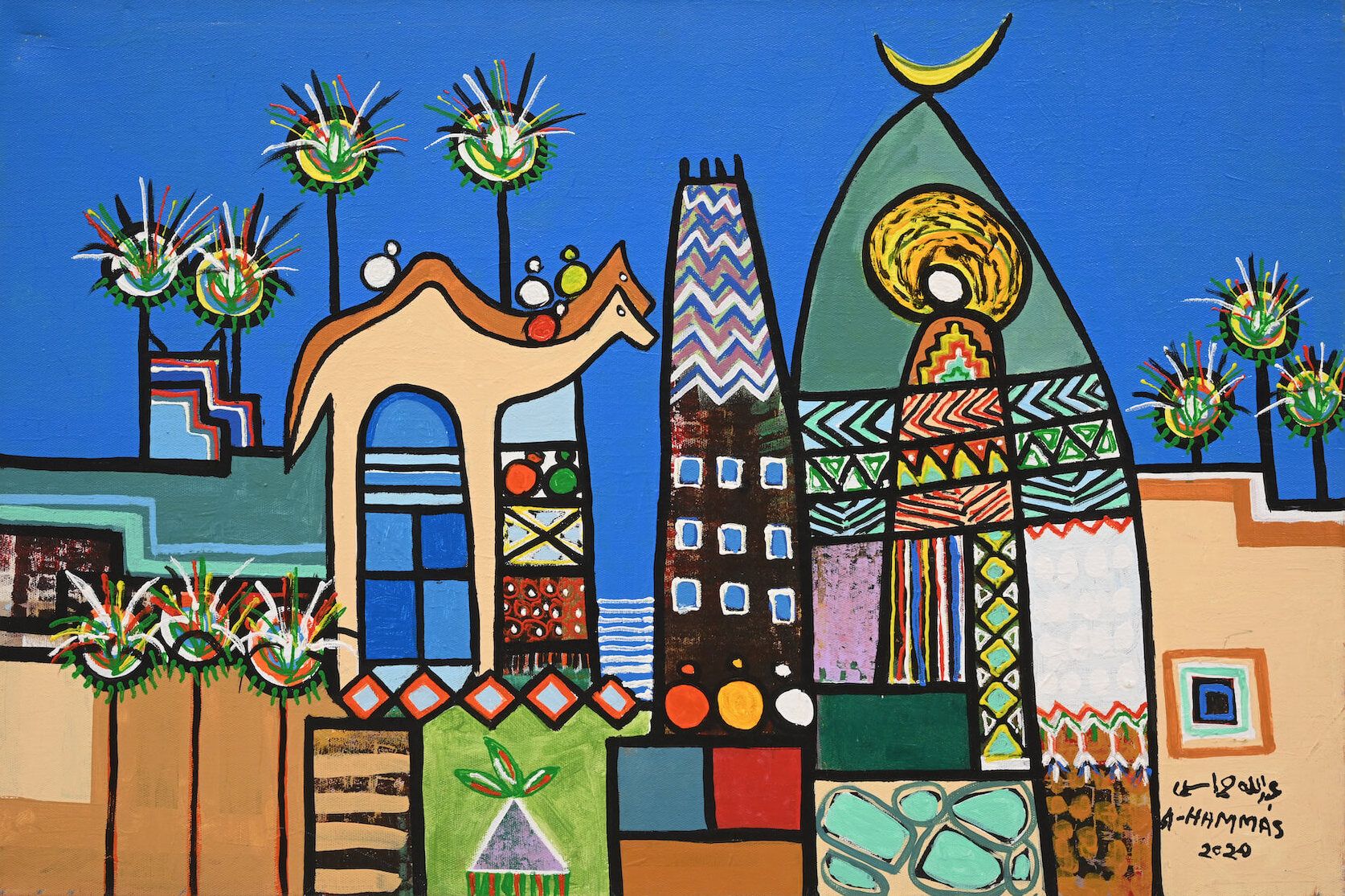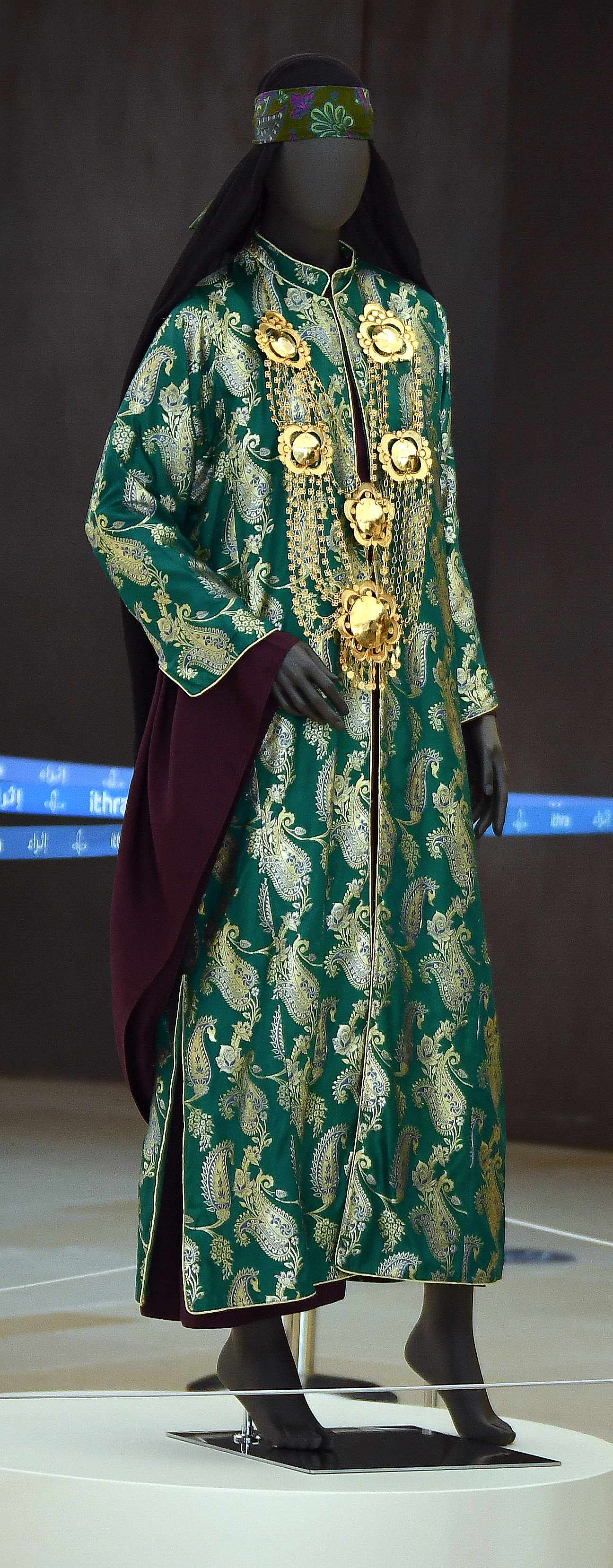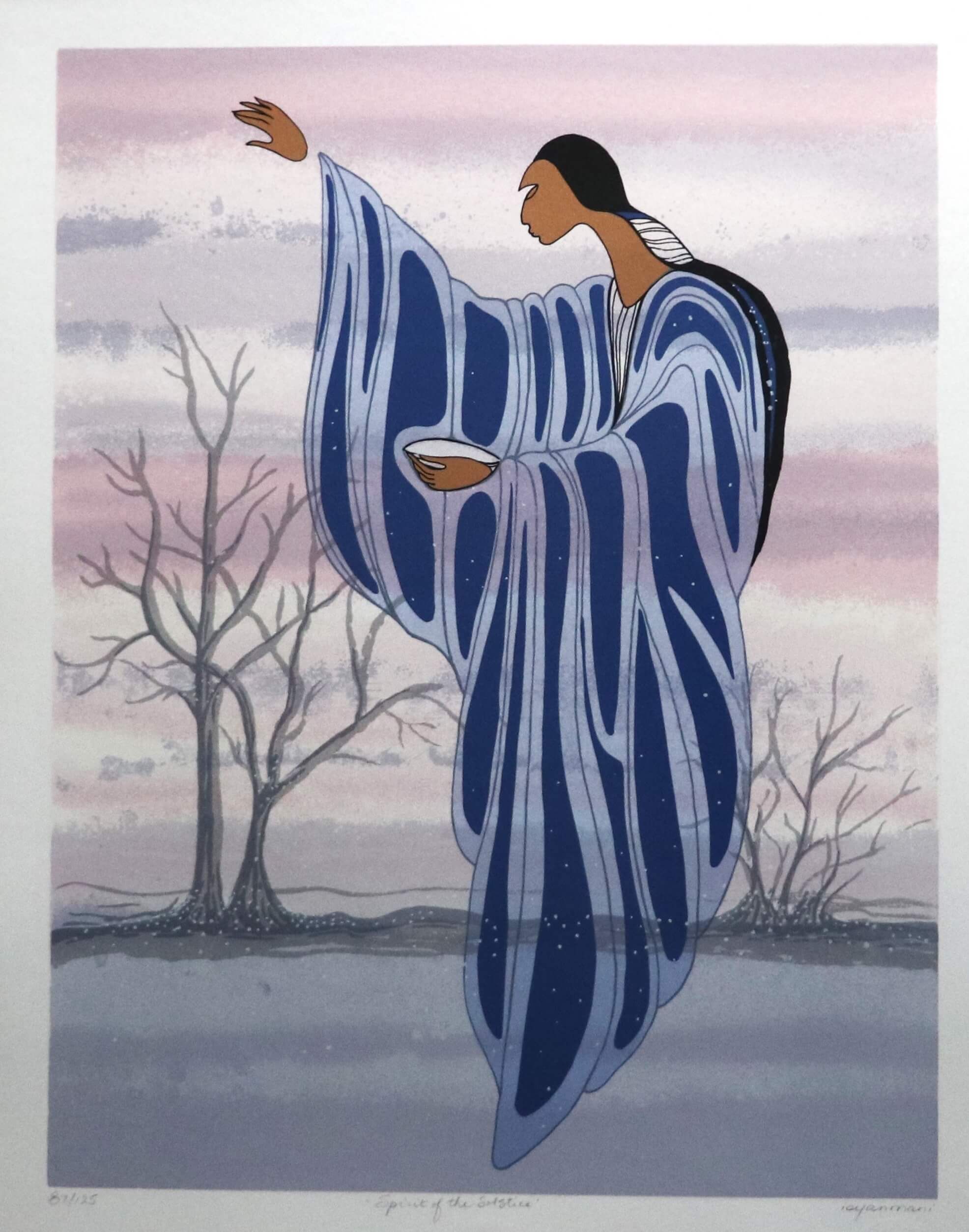Reviving Folktales
Illustrations from folklore and myths stories by Mauzoun in their series of books. Illustrations by Aliyah Khashgari and Mahmoud Soliman.
Mauzoun is a content and publishing house that serves brands and authors in Saudi Arabia and around the world. The organization chose this name because its approach, words, services, and values are all balanced. It was founded in 2019 with an ambitious vision to discover the richness of the Arabic and English languages, to encourage creative Arab writers, and to demonstrate the power inherent in distinguished publications, all through integration between content, book assignments, and specialized publishing. They are dedicated to remedying the shortage of attractive content, amazing writing, and beautiful books in the Arab world, united under its obsession: “Quality First.” As an award-winning publishing house, Maozoun draws inspiration from the rich literary heritage of the Arab world and aspires to enrich the region's libraries and embolden the use of languages.
Ithraeyat interviewed the Mauzoun team on the value of folklore and how they came up with their new series, “Myths in and Around Our World.”
Myths, legends, and folk tales are, in essence, a language of every people, a method of communication, and a means of expressing ideas and dreams. It is a space that lies between imagination and reality among all of us. Therefore, it is considered part of the intangible heritage of cultures, and a legacy that is passed down through generations. Within it, we explore the lives of people, the effects of civilizations, and the ideas and beliefs that exist within them, whether real or imaginary. Folk tales reflect social values concerned with communication between generations, as people of all ages would gather around a storyteller, to learn and be entertained, in a style that relied on escalating the event, suspense, and extracting wisdom through fun.
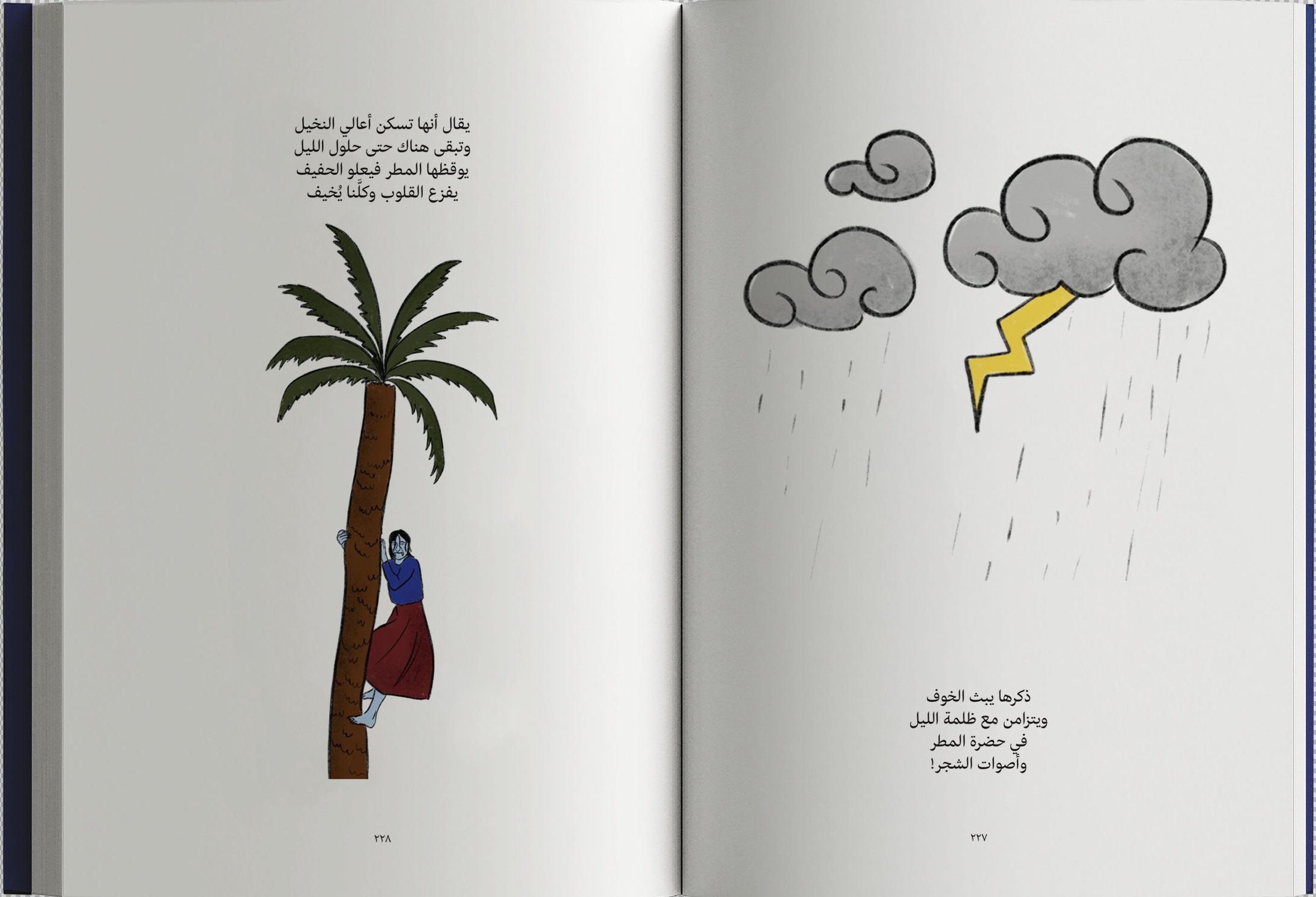
The story of Umm Al-Saaf Wa Al-Leef - Book of Myths
Due to the importance of intangible heritage and the duty to preserve it – in addition to Maozoun’s interest in producing Arabic heritage in contemporary ways and with modern artistic visions – the team worked on preparing a series that collected and recorded stories from all over the Arab world.
This series is our unique experience in retelling Arab myths, legends and popular stories passed down through oral history in an interesting contemporary written style that revives our heritage. It is a journey into stories to explore the depths of love, courage and imagination, told in a captivating rhythm, accompanied by vibrant drawings, and printed on luxuriously textured pages.
The team began collecting the stories of this series by researching various books and websites, as well as field research throughout different regions of Saudi Arabia, such as Jeddah and Taif, for the purpose of asking the people about their inherited stories. With this effort, we collected a large collection of stories, compared them and classified them into groups, then re-collected them and retold them in a fascinating way, inventing a narrative style that combined the story and the rhyme of the poem, so that the stories are fun to read and captivating in audible narration.
They were inspired by the creative drawings from some old comic books, emulating the early styles of Arab artists, and taking into account that the story’s characters were depicted as an Arab conception that combined the forms of the past with the colors of the present.
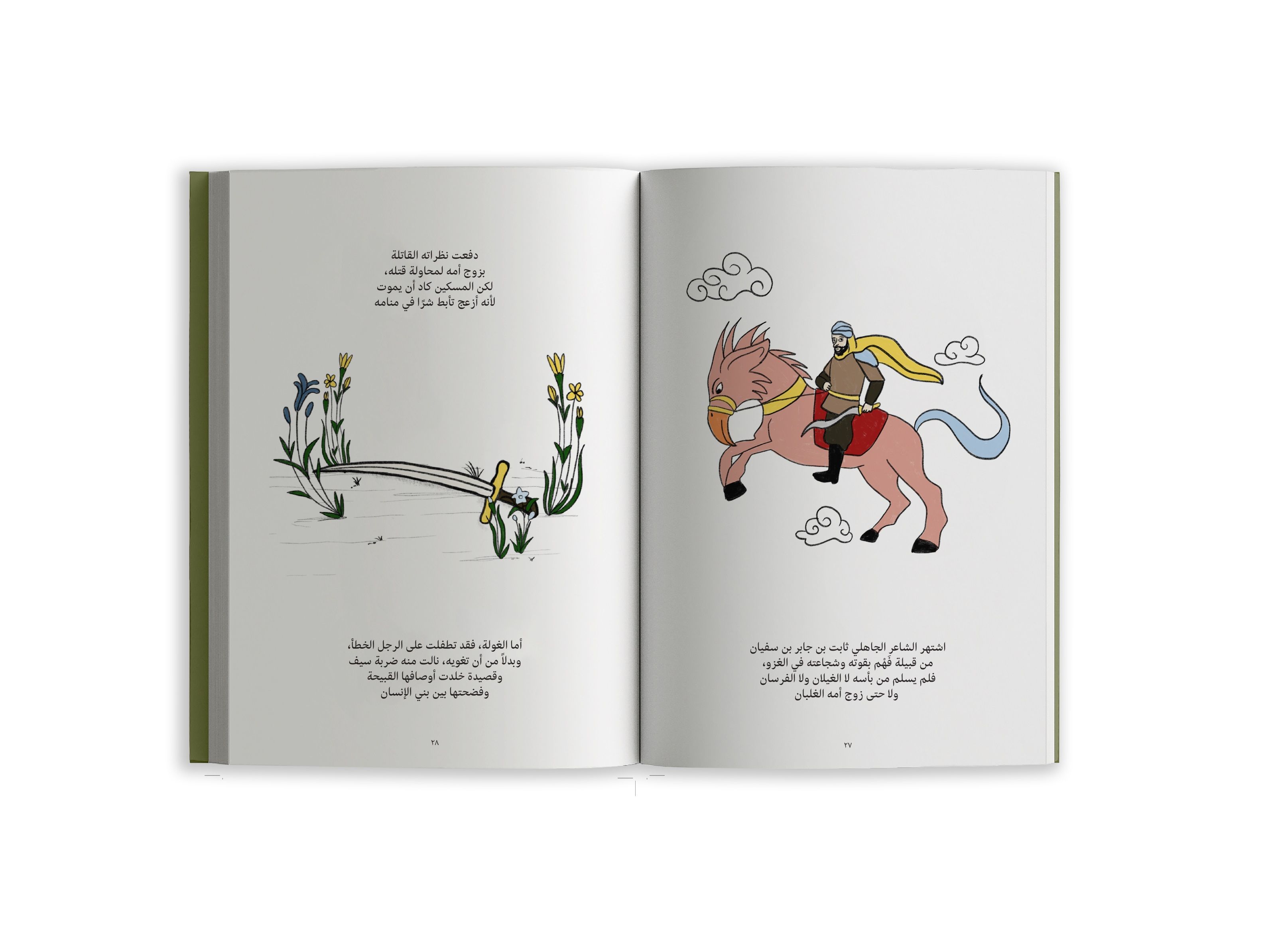
Most Arab folk stories are still transmitted orally and have not yet been fully written down. A large number of them have disappeared, and a number of them have been reformulated, or their sources have been lost. We have noticed that some stories passed down in the Arabian Gulf countries have the same plot, with some minor details differing, such as the title or the names of the characters that suit the specificity of each society. For example, the story of “Himar Al Qaila” is the same story as “Umm Himar”, just with a different title. Unfortunately, the popular story is somewhat absent in our current Arab culture.
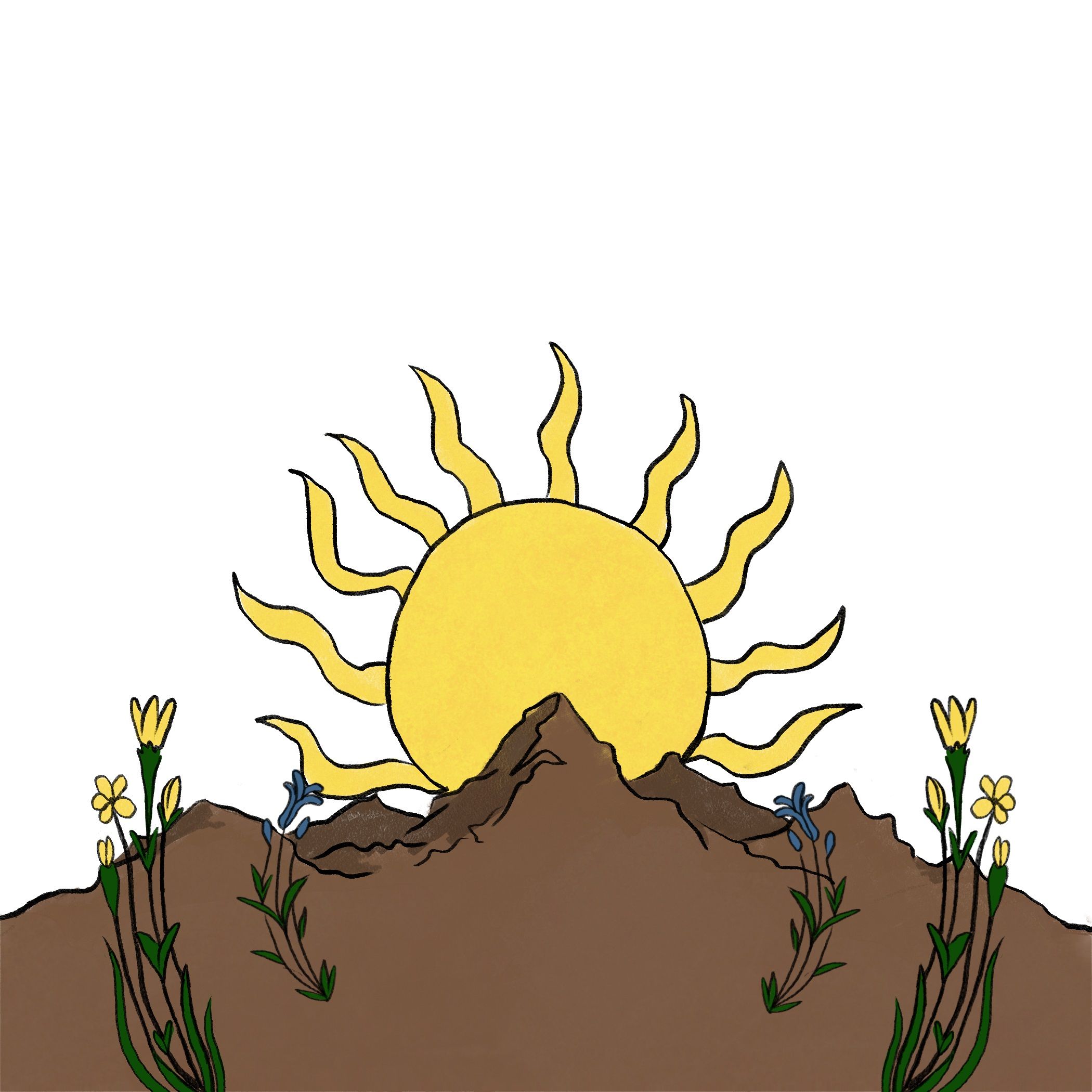
Interested individuals and cultural institutions can work to write down our stories – because of their impact on our cultural formation and the knowledge of our intangible heritage – by documenting the stories in whatever method will preserve it and attract current and future generations to experience it.. This is what we did, by recovering popular stories and narrating them in a lyrical style. For example, “The Story of the Greedy Glass Seller”, published in the first series, begins with this captivating introduction:
“This story of ours is one of the popular tales of the Levant
Poured like crystal glassware
About greed and narrated daydreams.”

The series included an important group of stories known in most Arab countries, such as the story “Ta’abata Sharran” and the story “Umm Al-Saaf Wa Al-Leef”. Some stories were added that specific regions were famous for, such as “Story of Tameah Wa Cotton” from northern Taif, which the people of Taif pass down as an expression of sincere love, loyalty, and sincerity.
Our story begins in Taif's northern embrace,
Love's essence mingled with the ache of parting's grace,
From Al-Wa'ba's mouth to Tameah's stony face.
Tameah, a solitary mountain, lofty and grand,
Longing for love, like any soul in the land.
One rainy eve, lightning's flickering sight,
Revealed to Tameah a vision, cotton-white.
The mountain claimed her heart in that fleeting glance,
So Tameah soared forth, in a daring dance.
Yet her cousin Akash, in watchful plight,
Hastened fate with a spear in the night.
Tameah fell early, destiny's stern plan,
A rift of spear and place, twixt her and her man.
In her wake, a handful of salt, pure and bright,
As white as cotton, her name in memory's light.
The story of Tameah and Cotton – Myths in and Around Our World, Series One.
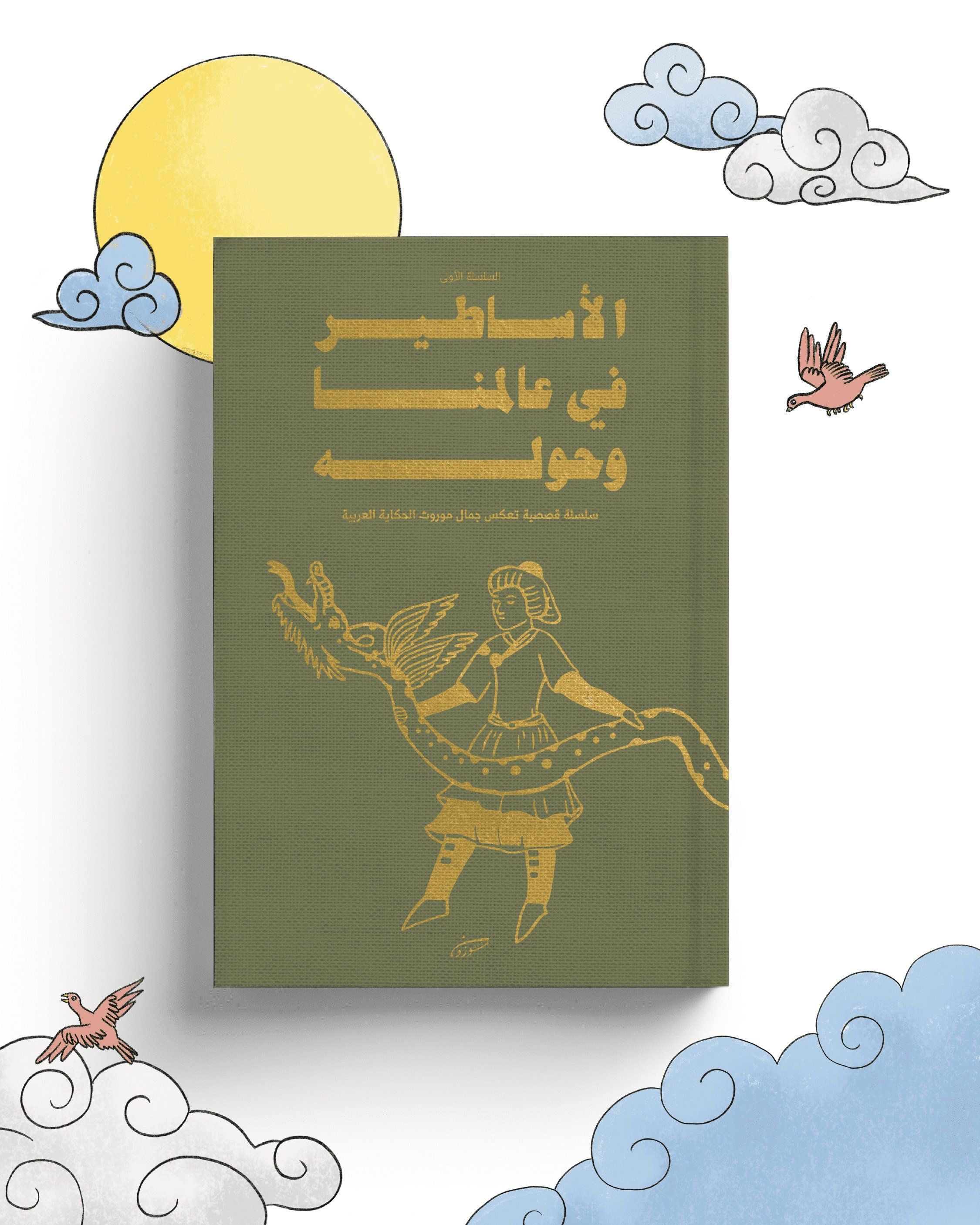
The series constitutes a start towards a balanced future in the world of specialized publishing, and an effort towards documenting the most important elements of Arabic literature and renewing the Saudi publishing scene. We care deeply about the quality of the content and form, using luxurious pages and cloth covers, all within a box that collects the two volumes of the series, making it an ideal gift for readers.
Illustrations from folklore and myths stories by Mauzoun in their series of books.

Illustrations by
Aliyah Khashgari and Mahmoud Soliman.
